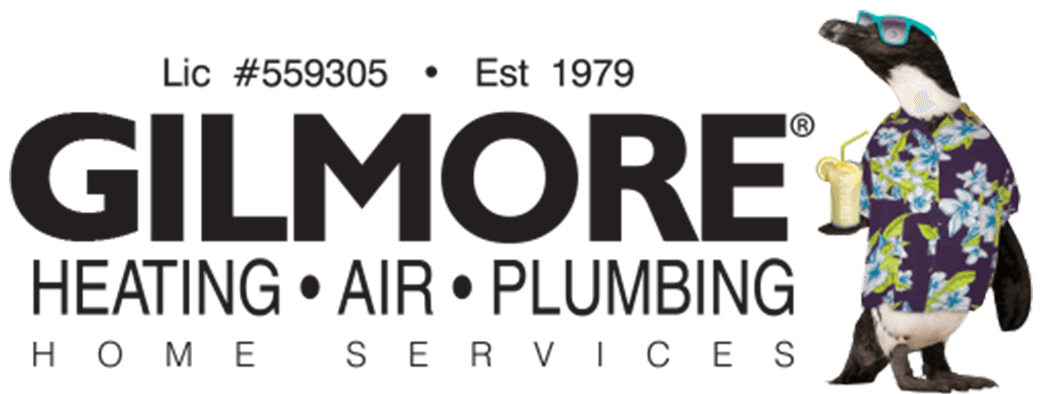One of the common HVAC issues that we hear from customers is that there is one room in their home that they cannot keep cool. Even when the AC is running, one room stays particularly warm. Our HVAC professionals sat down and came up with a list of why this could be happening in your home.
5 Causes of One Hot Room in the House
There are many reasons that one room in your home is hotter than the other. Before this problem can be fixed, you’ll need to find the source of the problem. Here are the common causes of one hot room in the house.

1. Undersized HVAC Equipment
Over the years, the load that your Sacramento HVAC system is tasked with handling can change as different rooms evolve. For example, when you convert a bedroom into a home office, and you install electrical equipment there, the heat generated by the equipment may be too much.
As a system becomes undersized for the load it has to bear, the furthest rooms from the air handlers will be the first victims to show insufficient cooling. Undersized HVAC equipment can play a big factor in properly cooling your space, which can lead to one room being warmer than the others.
Gilmore Heating and Air techs can recommend the best HVAC equipment for you. For example, we may advise you to use ceiling fans or improve the insulation of your home. However, some cases may only be remedied by getting a bigger sized AC selected and installed by your Sacramento HVAC replacement technicians.
2. Warm Air Rising to Upper Floors
As you may know, cool air is denser than warm air. Consequently, warm air tends to rise while cool air occupies the lowest level in a conditioned space. This may explain why the upstairs rooms are warmer than the rooms downstairs.
Residential AC service Placerville professionals can help to fix such a situation. For example, adjusting the air vents or dampers can deliver more conditioned air upstairs. Boosting attic insulation can also help, just as adding a ventilation fan in the attic can extract warm air.
If all these conservative options don’t yield results, professionals may suggest that you install an HVAC system solely for the upper floor of your home.
3. Leaking Ducts
It may be that one room is always the hottest because the ductwork is leaking. If a duct leaks or becomes disconnected, the cooled air will not make it to the room the duct leads to. Such a leakage not only wastes energy but also creates room for other problems.
Fortunately, Gilmore Heating and Air have effective tools to test and establish which ducts are leaking. Once we find the problem, our residential AC maintenance personnel will seal and insulate the ductwork properly.
4. Improperly Positioned Thermostat
The location of your thermostat will have a great bearing on the degree of comfort in your home. For example, if the thermostat is located near a heat source (behind an oven, for example), the sensor will get an inaccurate reading of the temperature inside the home. Therefore, you will get uneven cooling in the house.
Other unsuitable locations for a thermostat include close to exterior doors that are frequently opened. Your home’s thermostat shouldn’t be close to windows where direct sunlight reaches it.
When you complain about having a hot room in your house, Sacramento HVAC personnel will determine whether the location of the thermostat is ideal, in addition to checking for other possible causes. If the placement of the thermostat isn’t appropriate, we will relocate the device.
5. Dampers and Vents That Need to Be Adjusted
There has to be a balance in an HVAC system if it is to deliver satisfactory cooling throughout a building. Dampers and vents are set up with the original HVAC installation to determine how much air each room receives. However, renovations and alterations in the way rooms are used can throw this balance off.
For example, when a wall is removed during a remodel, the dampers and vents have to be adjusted to address this alteration. Otherwise, the bigger space created will not get sufficient cooling.
As you can see, several factors can cause one room in your home to always be hot. In the reverse, similar factors can cause your room to always be cold. Undersized furnaces, leaking ductwork, improperly positioned thermostats, and the addition or adjustment of dampers and vents can all play a role in why a room is always hot or cold.
The best way to determine the cause behind a perpetually hot or cold room is by contacting your local HVAC company, Gilmore Heating, Air, and Plumbing. Our experienced professionals can fix the problem and make your room comfortable again.
#BBD0E0
»

